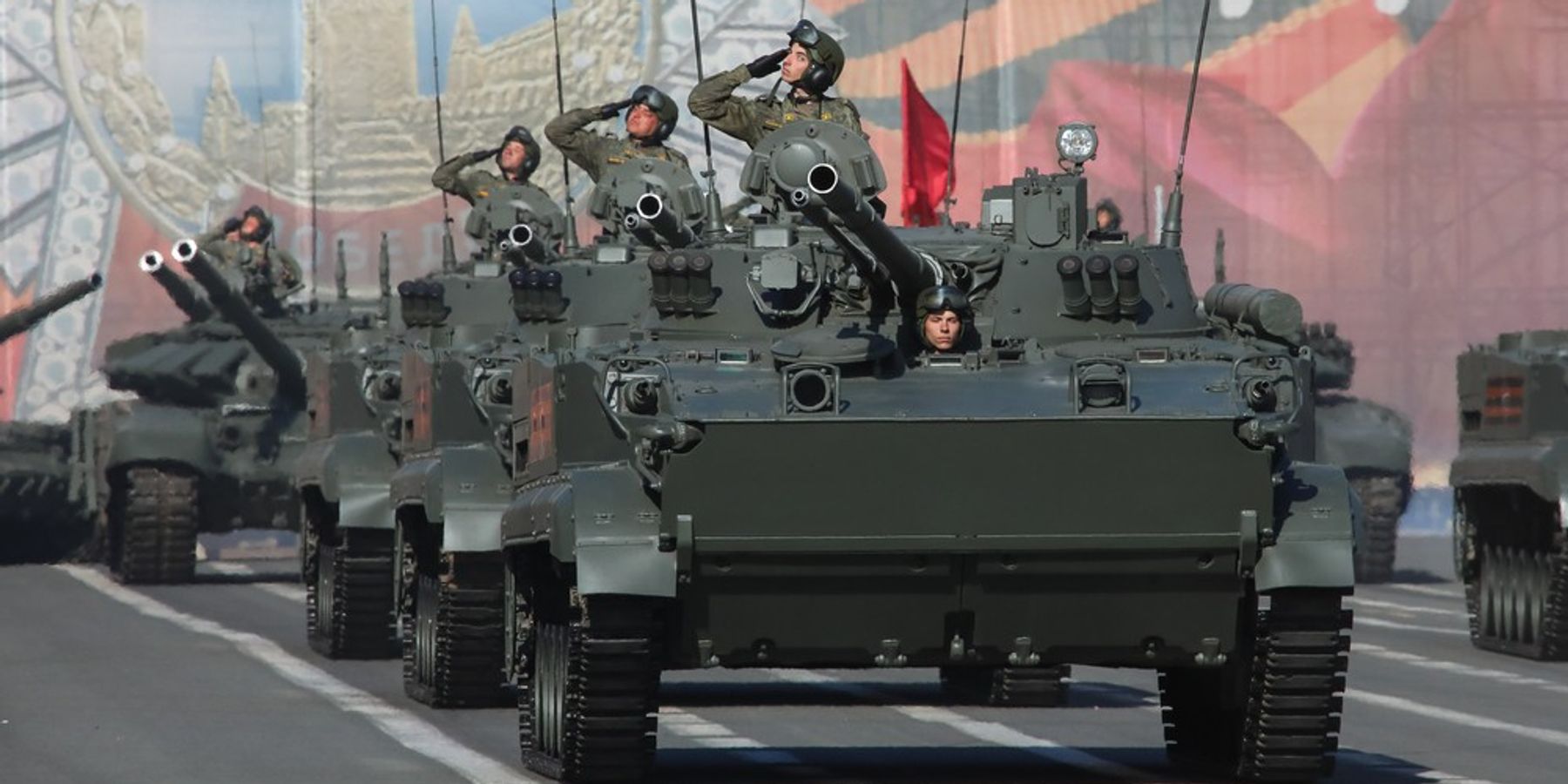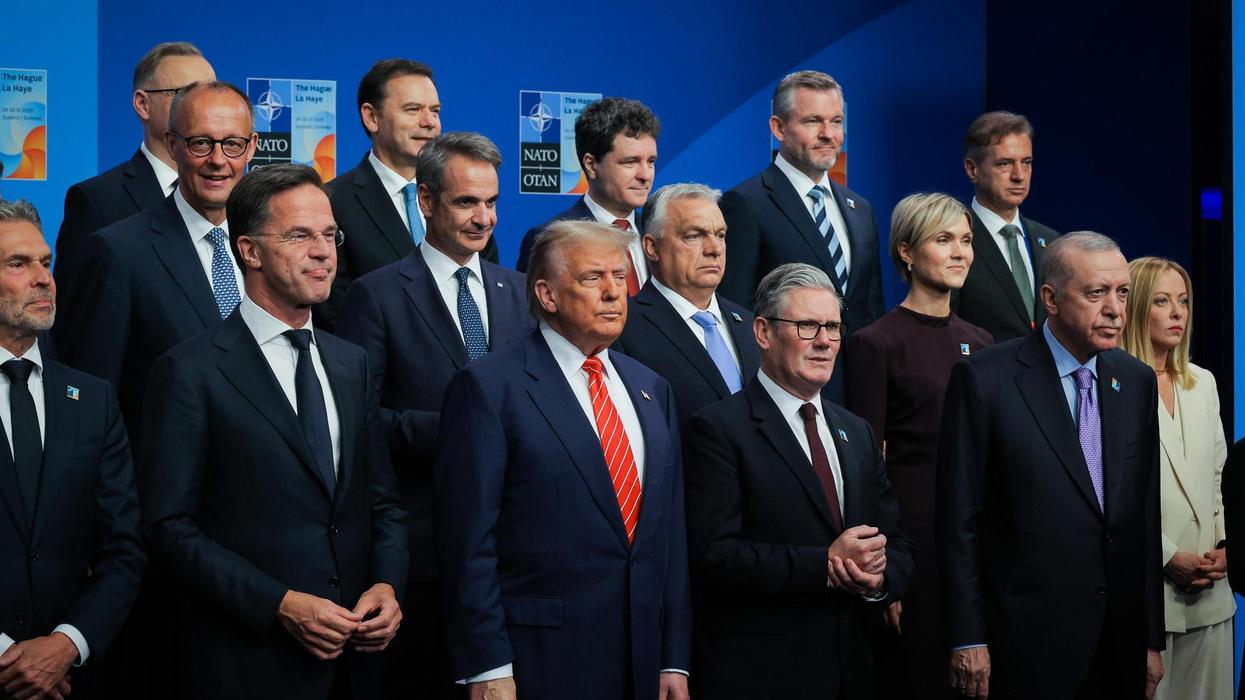Russia’s military assertion and direct interventions in its near-abroad have become one of the defining features of the 21st century.
After years of being on the back foot in the aftermath of the Soviet Union’s breakup, Moscow has been making a seemingly ever-expanding series of dramatic moves to reestablish some form of its lost security posture. It is worth asking whether behavior like this on the part of powers suspicious of the United States and its allies is an outlier or likely to increasingly become the norm, and why this might be so.
Sumantra Maitra’s recently published book ‘The Sources of Russian Aggression: Is Russia a Realist Power?’ (Rowman & Littlefield, 2024) seeks to make sense of the motivations for this increasing turn to interventionism by Russia towards its neighbors. Preferring to focus on Stephen Walt’s Balance of Threat theory, Maitra shows how Moscow came over time to the conclusions that currently fuel its policies today and how that decision making process was a logical outcome to the radical uncertainty of international politics, regardless of how one feels about the wisdom of specific Russian actions.
According to Balance of Threat theory, the overriding security concern of states is less about the global balance of power (though this is a factor) than it is the situational relationship between countries and the specific threat, often in the form of attempts to change the status quo, posed by one to the other. Proximity, the state of relations, and historical grievance therefore combine to dictate what the primary counterbalancing position of a state will be.
Russia, for example, sees the continuous expansion of the NATO alliance ever closer to its borders as an existential danger since the proximity of potentially hostile forces shows no sign of limiting its advances. On the flip side, but still in accordance with Balance of Threat theory, European states generally find the closer location of the Russian state far more threatening than the more distant but more powerful United States.
Most Western audiences are probably used to Balance of Threat theory being deployed in a U.S.-based or North Atlantic-based context, but the interesting part of Maitra’s work here is to show just how well its theories work for the largely land-based security concerns of the Russian state.
As he writes, “Security considerations take precedence over ideology and ideological alliances survive longer when interests align.” While China could, one day, threaten Russia, the constant alterations to the balance of power that is NATO’s growth is seen as the more immediate danger. This danger, then, produces a desire to view Russia’s vulnerable land borders and near abroad in zero-sum terms, particularly on its western and southwestern flanks.
Maitra uses this understanding — that Balance of Threat is a mostly defensive posture (at least as seen by domestic Russian elites) — to emphasize an important and unique element of Moscow’s calculations: the danger posed by “color revolutions.” A sudden break with the past and the start of a new or revolutionary regime can always raise suspicions of its old allies due to its conscious break with established order.
It is this insecurity, and the danger that a new regime may be able to appeal for support from abroad, that stokes fears of encirclement in Moscow. Thus, the threat of foreign influence over smaller nations bordering Russia is viewed as a direct attack on the Russian ability to maintain a secure frontier.
Russia’s first militarized strike abroad after relations broke down with the Western powers came in South Ossetia and Abkhazia in 2008. Georgia’s turn towards Western nations in the aftermath of the Rose Revolution saw the rise of the Saakashvili government and its push to overhaul much of Georgian politics at home and abroad. The Kremlin-backed government of Autonomous Republic of Adjara was replaced, and Moscow feared that Tbilisi intended to do the same to the other two autonomous regions in Georgia.
Its influence already on the wane in Georgia proper, the Kremlin concluded it was better to salvage two regions rather than potentially lose it all. More important, however, was the calculus that creating an active conflict zone would scare NATO away from Georgia and deter other countries in the Russian orbit from making similar changes to their foreign policy. Though the war was a victory for Moscow, it exposed many problems in the Russian ability to project power far afield.
Despite the fact that much of Maitra’s text was written before the outbreak of full scale war in Ukraine in 2022, the nature of that country’s position in Russian strategy is a major theme of the book, and the strategic assumptions about Russian denial strategy in their near-abroad made by the author hold up. Going back to the Orange Revolution in 2005 and on through the Maidan and Russian annexation of Crimea in 2014, Russian activities in the country have taken on the aspect of “strategic denial.” This follows as a sequel to the events in Georgia.
The overriding fear among the Russian elite was that shrinking influence in Ukraine would mean the entire country could become a NATO proxy where nothing, not even perhaps the primary anchorage of the Black Sea fleet, could be salvaged. And with this fear came a certainty in Moscow that every domestic upheaval in the country was a plot designed to bring about the loss of any sphere of influence whatsoever. Better, the Russians came to think, to retain part of a country than to see a loss of influence over the whole.
Maitra leaves his readers with a warning: rhetoric about the specific nature of the Putin government is unhelpful since the issues of Russia’s desire to retain predominance in its near abroad are geographic. This means they are effectively timeless and not limited to one regime. A Russian state under a more open or democratic government is still a Russian state with a desire to retain strategic autonomy in its own neighborhood as a way of maintaining its position against the other great powers.
These issues are not going anywhere anytime soon, so it is worth understanding the actual motivations behind the Russian foreign policy establishment as opposed to framing the conflict as something that can be dealt with in short order with moralistic rhetoric about the clash of the “authoritarian” and “democratic” worlds. The failure to account for the well-established fact that great powers seek spheres of influence shows a disconnect with many in the North Atlantic alliance with the actual motivations of statecraft as it is practiced in much of the world.
What delving into this one specific example while using an international relations perspective – that of balance of threat theory – makes clear is that intentions do not matter when large security alliances expand. What ends up expanding is the uncertainty they bring ever closer to a rival power’s center of gravity. Should the alliance network emphasize a values conformity among its members, the chances that a government would radically reorient its traditional, regionally rooted diplomatic orientations in a way other powers located nearby might interpret as hostile increases.
Indeed, this process of action-reaction has other applications beyond Russia, The logic of NATO, both as a security and as an almost missionary-like alliance seems to be repeating in other parts of the world where the United States seeks to shore up its security arrangements. By invoking the idea of permanent commitments around shared values, the avenues of diplomacy are reduced rather than increased, and the risk of offensive action by rival powers escalates.
















